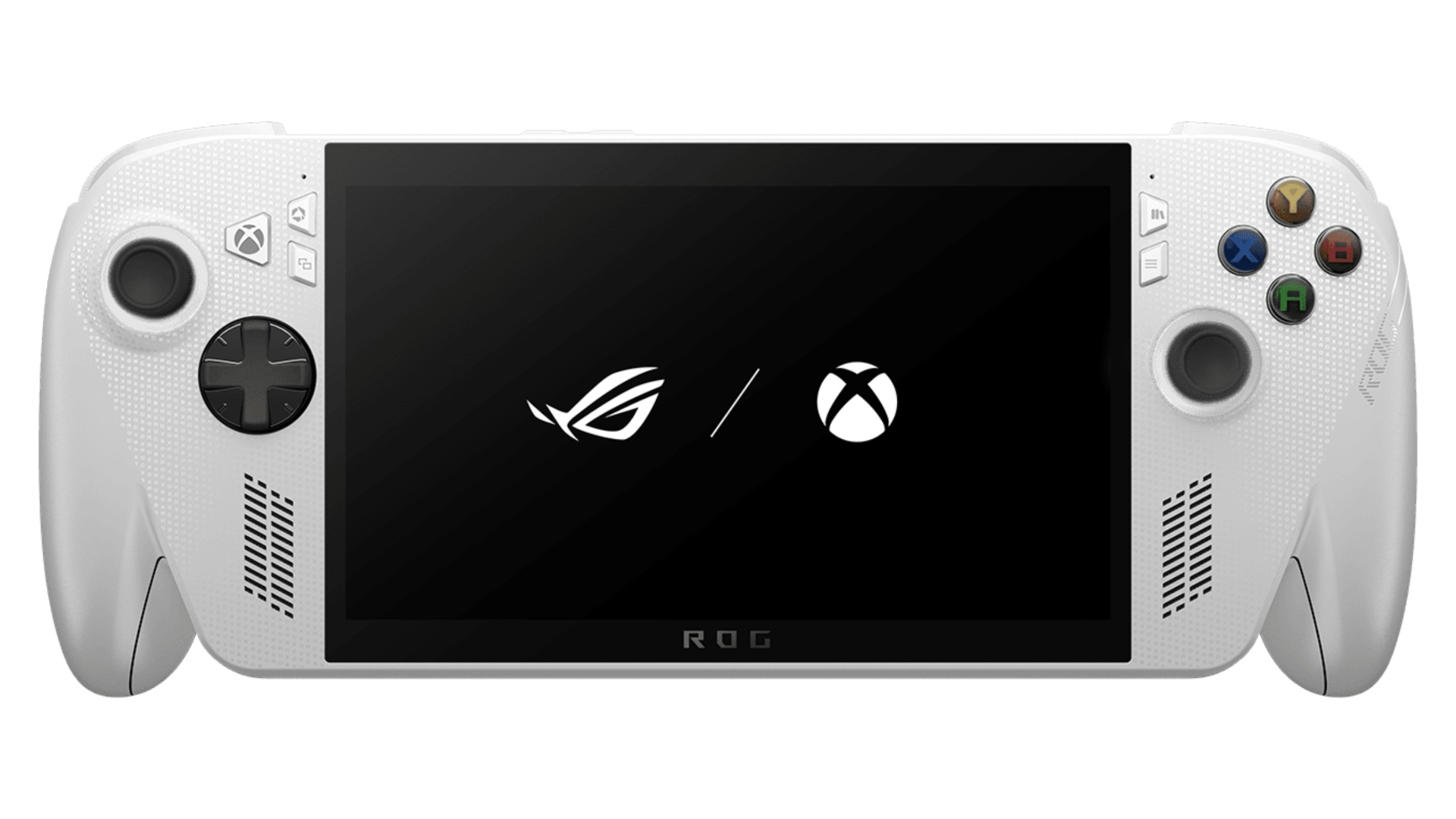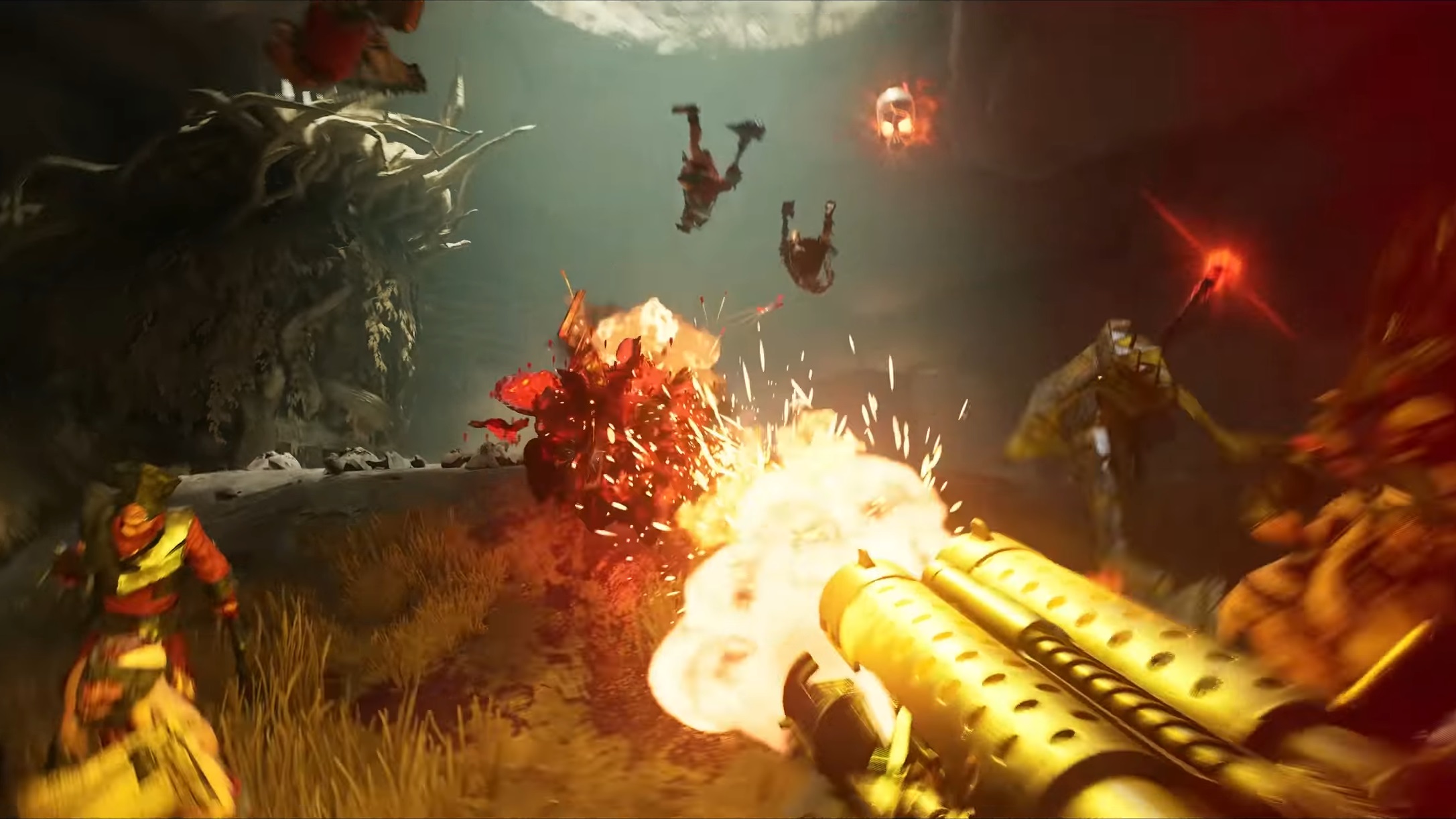Learn how to fix screen tearing without buying a new monitor, from GPU settings to Lossless scaling, stay tuned.

While playing a game, have you noticed the image getting split in between frames by a random horizontal line? This phenomenon is called screen tearing. This happens partly because your GPU falls out of sync with your monitor’s refresh rate. This issue has been present for a very, very long time. With CRTs, V-Sync was the only approach. However, using V-Sync severely introduces input lag and impacts the immersion that high FPS offers.
But thanks to techniques such as Adaptive-Sync, this is an easy fix. Here’s what you need to know more about.
Note: V-Sync is also an easy fix, but due to the limitations, that process is omitted here, and instead, modern methods are discussed.
Fixing Screen Tearing With Your GPU
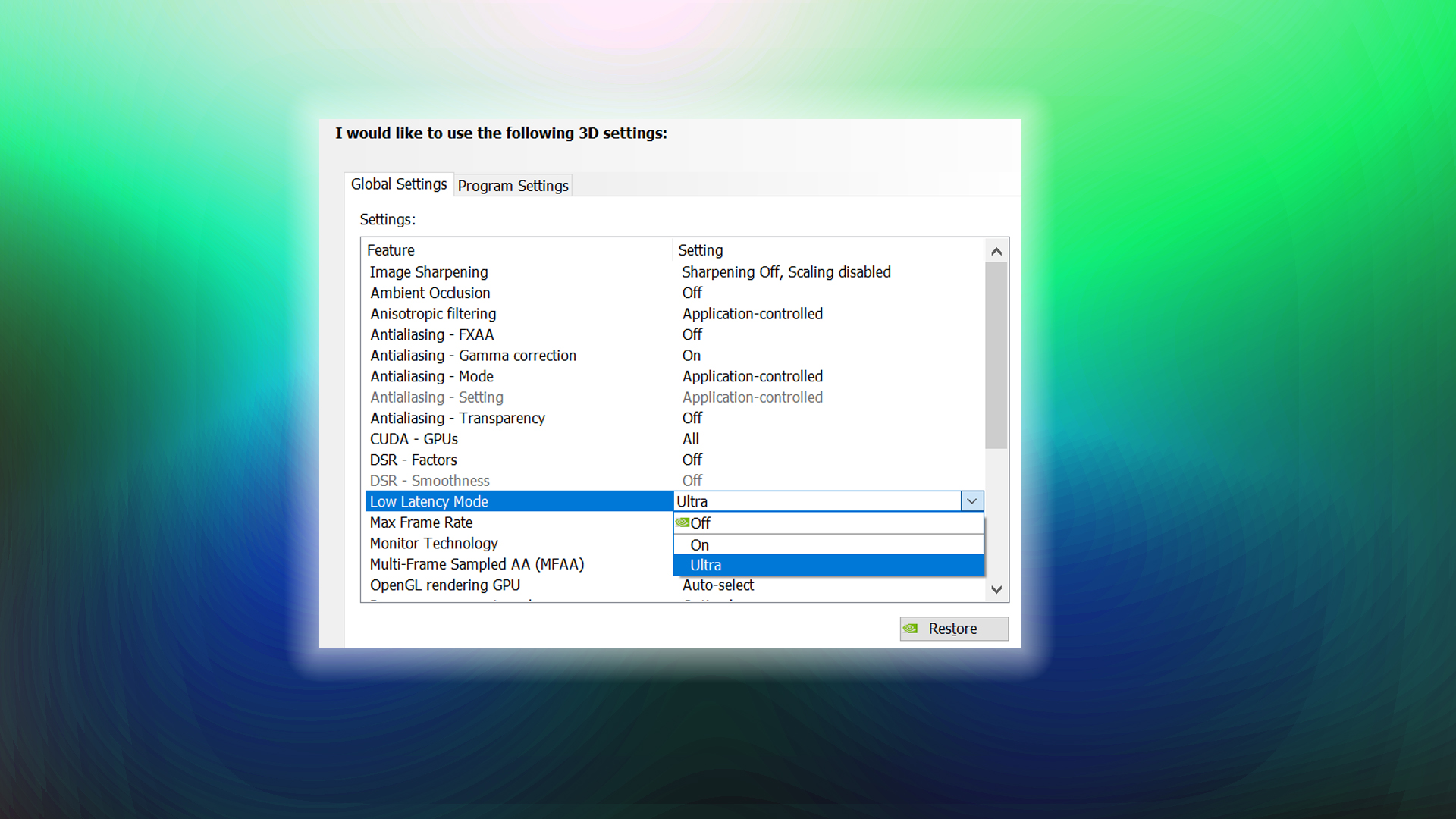
With an Nvidia GPU, you can enable Fast Sync, which is a better alternative to V-Sync. This approach uses triple buffering to eliminate screen tearing and maintains a low input lag in the process. The higher your frame rate is, the better this performs. Then there’s G-Sync and G-Sync-compatible technology, which Nvidia takes on Adaptive Sync.
What adaptive sync does is that when framerates exceed your monitor’s refresh rate, it automatically triggers V-Sync. The moment the framerates fall below your monitor’s refresh rate, it then disables V-Sync. This super-fast process prevents stuttering issues, screen tearing, and ensures that the input latency remains minimal.
That said, on AMD GPUs, there is Enhanced Sync and Free Sync, which yield the best results when they operate in conjunction with each other. Just like G-Sync, FreeSync works in the same way.
Note: Numerous guides are available online on how to enable the following technologies. Writing everything explicitly here will make this article overly exaggerated.
Using RTSS To Fix Screen Tearing
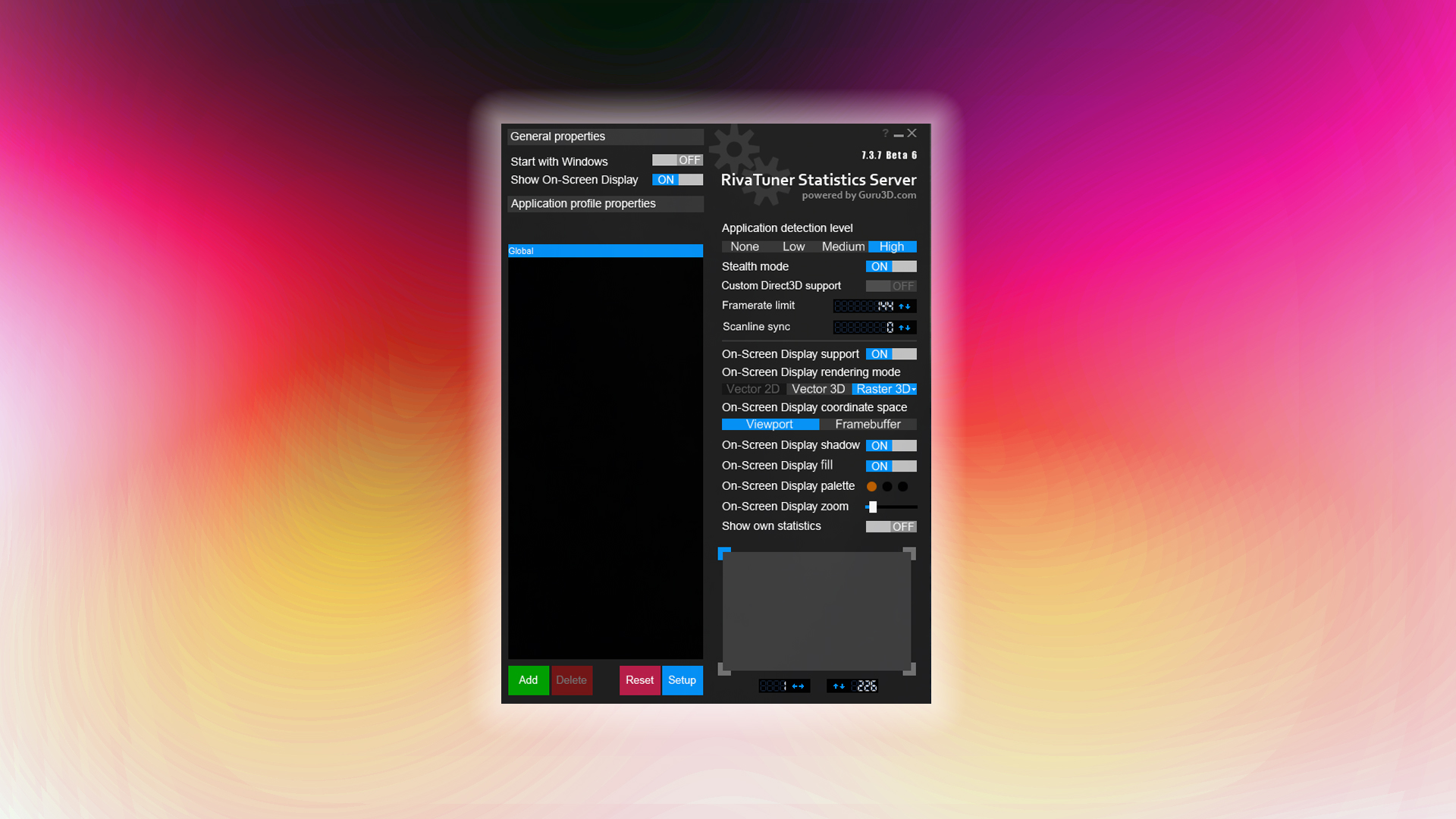
Let’s say you don’t have these fancy technologies on your monitor, but you want to eliminate screen tearing and avoid using V-Sync as well. So, the only option here is to use RTSS (Riva Tuner Statistics Server). It comes bundled with MSI Afterburner. Download, install, and open the RTSS interface. Cap your frame rate to match your monitor’s refresh rate, and you are done.
Fix Screen Tearing with Lossless Scaling
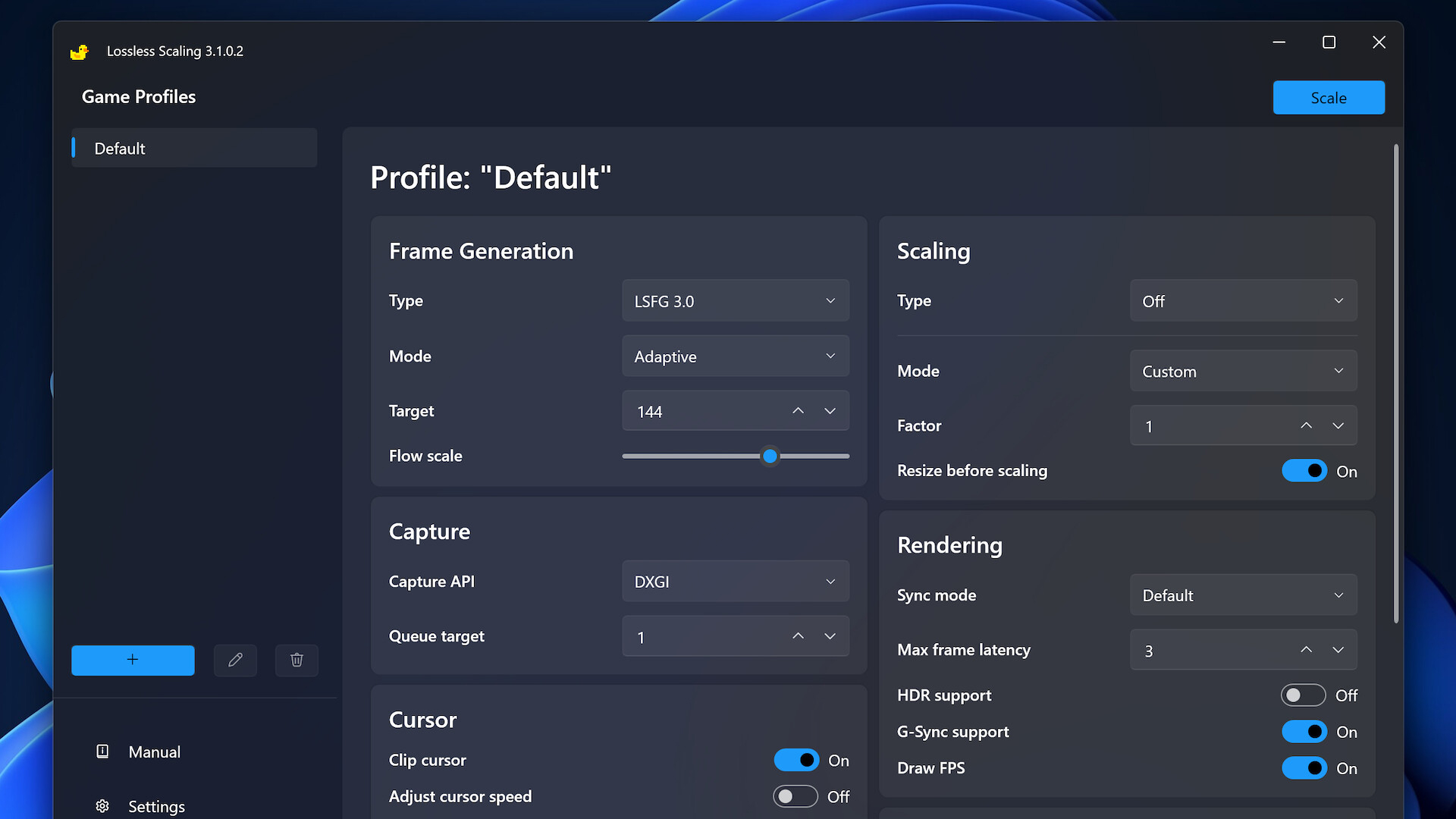
Lossless Scaling is a paid Steam application that offers universal frame generation and provides software-based upscaling capabilities. Lossless Scaling can also help reduce screen tearing, especially when combined with borderless mode or frame-pacing settings. The software works by interpolating frames between rendered ones, which smooths out any visual inconsistencies.
Not only do you get a much higher FPS, depending on your perspective (fake frames or not), but it also eliminates screen tearing in the process. Another advantage is that it can use upscaling on older titles to make them appear much sharper. However, your mileage may vary with this. Then again, screen tearing, no problem with Lossless Scaling. You can also cap your framerate during the process, similar to how RTSS works, and eliminate screen tearing in the process.
Note: You can also use this if your monitor doesn’t have any adaptive sync technology.
We provide the latest news and “How To’s” for Tech content. Meanwhile, you can check out the following articles related to PC GPUs, CPU and GPU comparisons, mobile phones, and more:
- 5 Best Air Coolers for CPUs in 2025
- ASUS TUF Gaming F16 Release Date, Specifications, Price, and More
- iPhone 16e vs iPhone SE (3rd Gen): Which One To Buy in 2025?
- Powerbeats Pro 2 vs AirPods Pro 2: Which One To Get in 2025
- RTX 5070 Ti vs. RTX 4070 Super: Specs, Price and More Compared
- Windows 11: How To Disable Lock Screen Widgets
 Reddit
Reddit
 Email
Email
